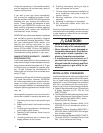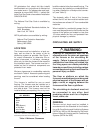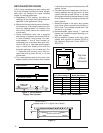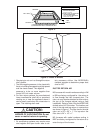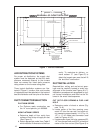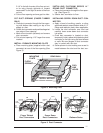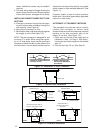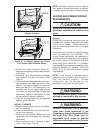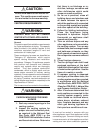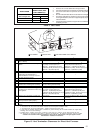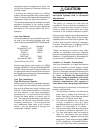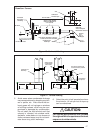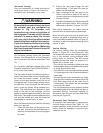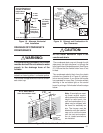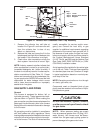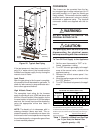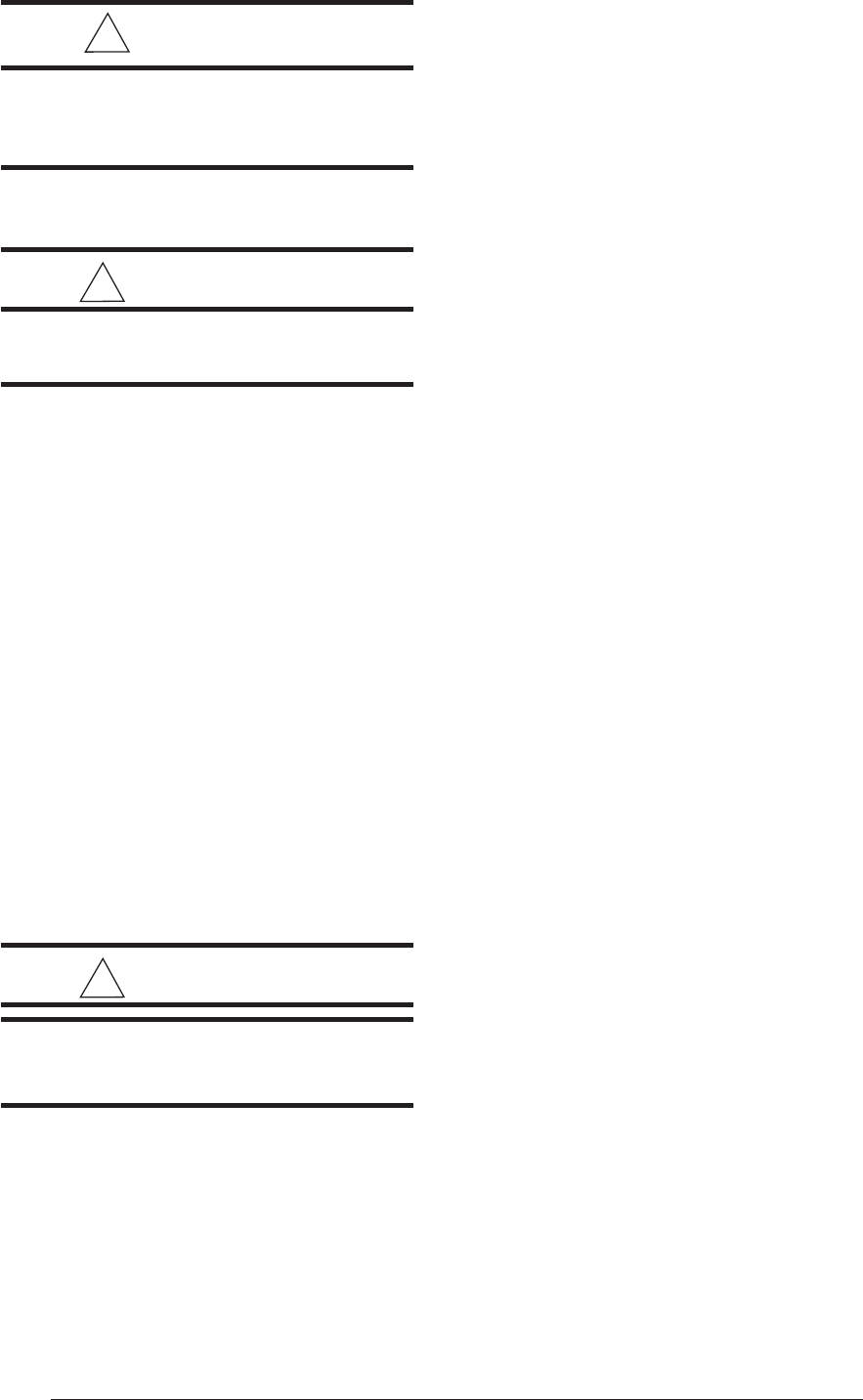
14
!
CAUTION:
Do not allow debris to fall into the fur-
nace. This could cause unsafe opera-
tion and voids the furnace warranty.
VENTING REQUIREMENTS
!
WARNING:
FURNACE MUST NOT BE COMMON
VENTED WITH OTHER APPLIANCES.
General
This section specifies installation requirements
for 2-pipe combustion air piping. The capacity
table provided in this section applies to the
maximum equivalent lengths of vent and
combustion air intake pipe.
These condensing furnaces are classified as
"Category IV" appliances, which require
special venting materials and installation
procedures. Category IV appliances operate
with positive vent pressure and therefore
require vent systems which are thoroughly
sealed. They also produce combustion
condensate, which is slightly acidic and can
cause severe corrosion of ordinary venting
materials. Furnace operation can be adversely
affected by restrictive vent and combustion
air piping. Therefore,
vent and combustion air
piping lengths must conform completely to the
requirements of Table 6.
The furnace must be vented to the outdoors.
!
WARNING:
CARBON MONOXIDE POISONING
HAZARD
1. Seal any unused openings in the
venting system
2. Inspect the venting system for
proper size and horizontal pitch,
as required in the National Fuel
Gas Code, ANSI Z223.1 or the
CAN/CGA B149 Installation Codes
and these instructions. Determine
that there is no blockage or re-
striction, leakage, corrosion and
other deficiencies which could
cause an unsafe condition.
3. So far as is practical, close all
building doors and windows and
all doors between the space in
which the appliance(s) connected
to the venting system are located
and other spaces of the building.
4. Follow the lighting instructions.
Place the appliance being
inspected in operation. Adjust
thermostat so appliance shall
operate continuously.
5. Turn on clothes dryers and any
other appliance not connected to
the venting system. Turn on any
exhaust fans, such as range hoods
and bathroom exhausts, so they
shall operate at maximum speed.
Do not operate a summer exhaust
fan.
6. Close fireplace dampers.
7. Test for spillage from draft hood
equipped appliance at the draft
hood relief opening after 5 minutes
of main burner operation. Use the
flame of a match or candle.
8. If improper venting is observed
during any of the above tests, the
venting system must be corrected
in accordance with the
National
Fuel Gas Code, ANSI Z223.1/NFPA
54
and/or
CSA B149.1, Natural Gas
and Propane Installation Codes.
9. After it has been determined that
each appliance connected to the
venting system properly vents
when tested as outlined above,
return doors, windows, exhaust
fans, fireplace dampers and any
other gas burning appliance to
their previous conditions of use.
It must not be vented in common with any
other appliance, even if that appliance is of the
condensing type. Common venting can result
in severe corrosion of other appliances or their
venting and can allow combustion gases to



